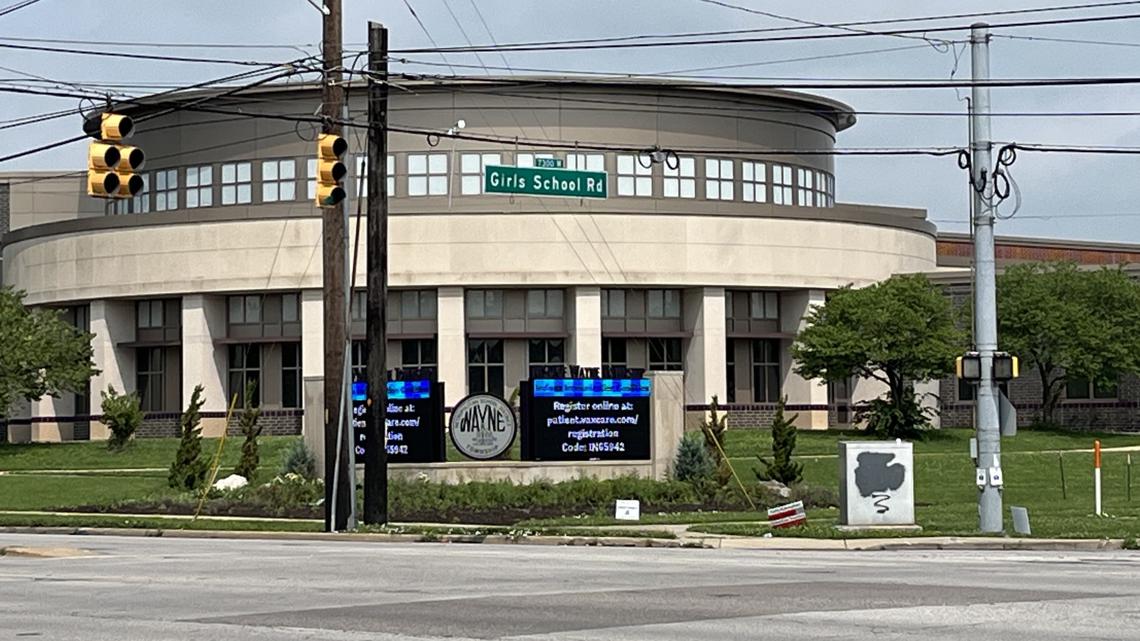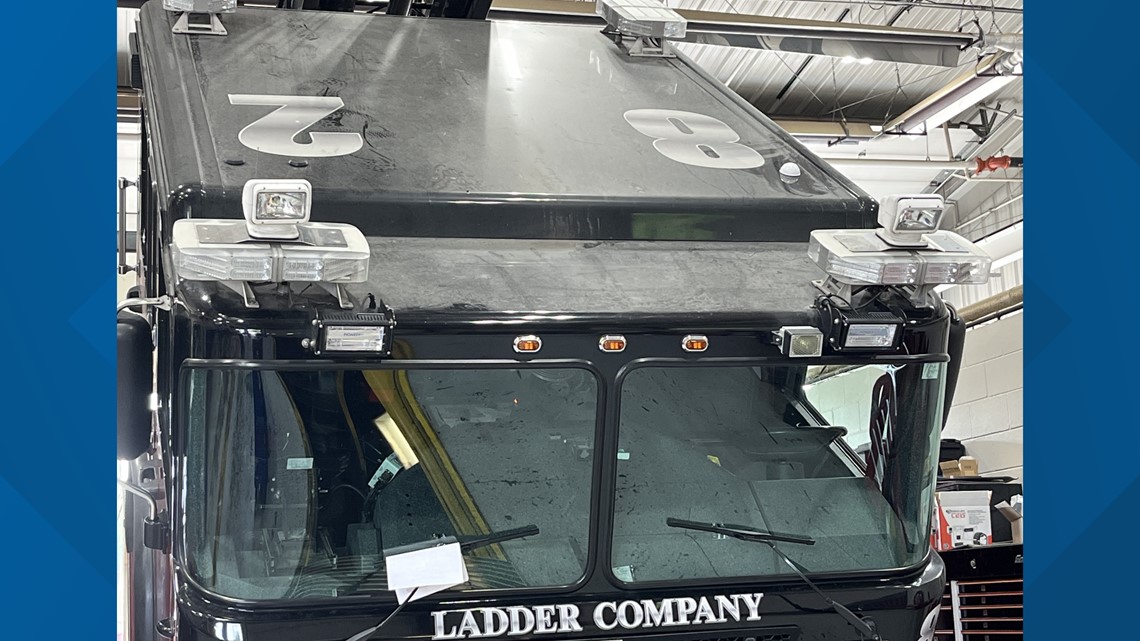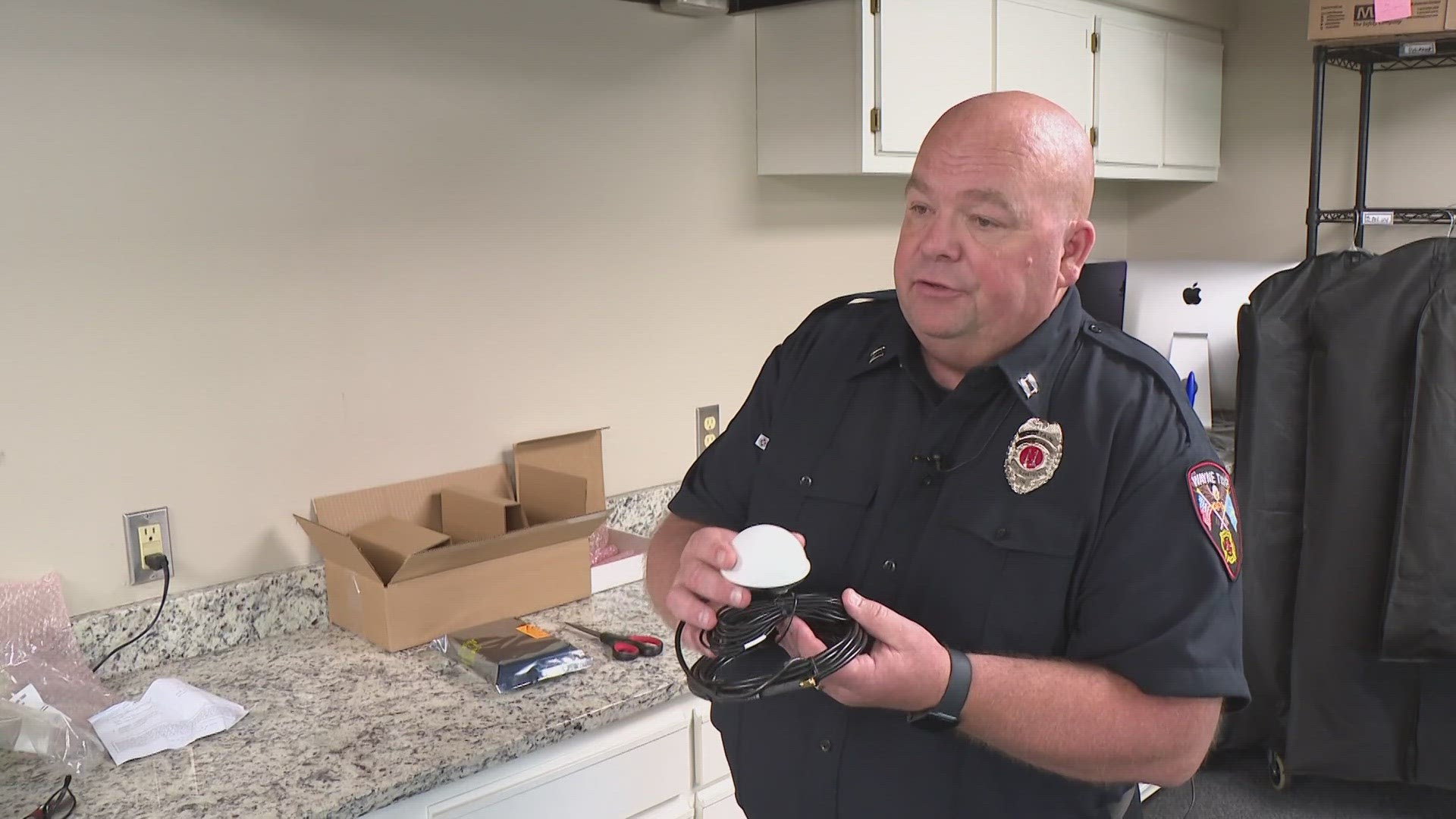INDIANAPOLIS — Traffic is often the toughest part of responding to an emergency. It can cause delays, even potential crashes or accidents.
It's why Wayne Township is installing an upgraded Opticom system to automatically change the traffic lights at 33 busy intersections when a fire truck or ambulance is rushing to help.
A white light installed near the traffic light will flash to drivers, warning that traffic light preemption is about to happen. Then, first responders get the green light to get through the intersection faster.
Their old Opticom system was analog-based, so it had to see the fire truck to change the traffic signal. These are based on GPS, even changing lights around corners if the fire engine's turn signal is on.
The Opticom system along 10th Street is up and running now. Those at Rockville Road, Washington Street, Girls School Road and Lynhurst Drive will be installed soon, likely by Aug. 1.


Fire crews said the just under $400,000 project — roughly half the cost of a fire engine — translates to time saved in an emergency.
"So we are looking at a 20% reduction in our response time," Wayne Twp. Fire Battalion Chief Troy Wymer said, "meaning that we believe we'll get to incident scenes on these routes about 20% faster than if the signal didn't exist."
Traffic-changing signals through Opticom — operated by Indy's Department of Public Works, since they have jurisdiction over traffic lights — have actually been in Indy for about 30 years. But Wayne Township said most of theirs didn't work because they hadn't been maintained.
"We had about 37 intersections that we asked them to review, and at the time — this was about two years ago — only seven of them were functioning," Wymer said.


Cost was the issue, so Wayne Township got permission to pay for new tech on their own. Already, they said it's cut 20 seconds to their largest apartment complex, leading to a faster response, with safer streets.
"Fifteen, 20 seconds in that range, which can be a lot when someone's having an emergency already," Wymer said.
Wymer said this could be a model, if proven to work, for the entire county.
13 News reached out to DPW, who shared the following statement:
"Opticom devices have been installed in Marion County for many decades as part of various intersection improvement projects. The program has experienced maintenance challenges for much of that time, with certain locations being restored on a case-by-case basis.
There is no current list of locations of Opticom devices that are inactive or are currently working. Because of the prohibitive cost, there is no current plan to systematically restore locations that are no longer functioning.
DPW engineers estimate the maintenance costs would be $1,000 per intersection per year."

